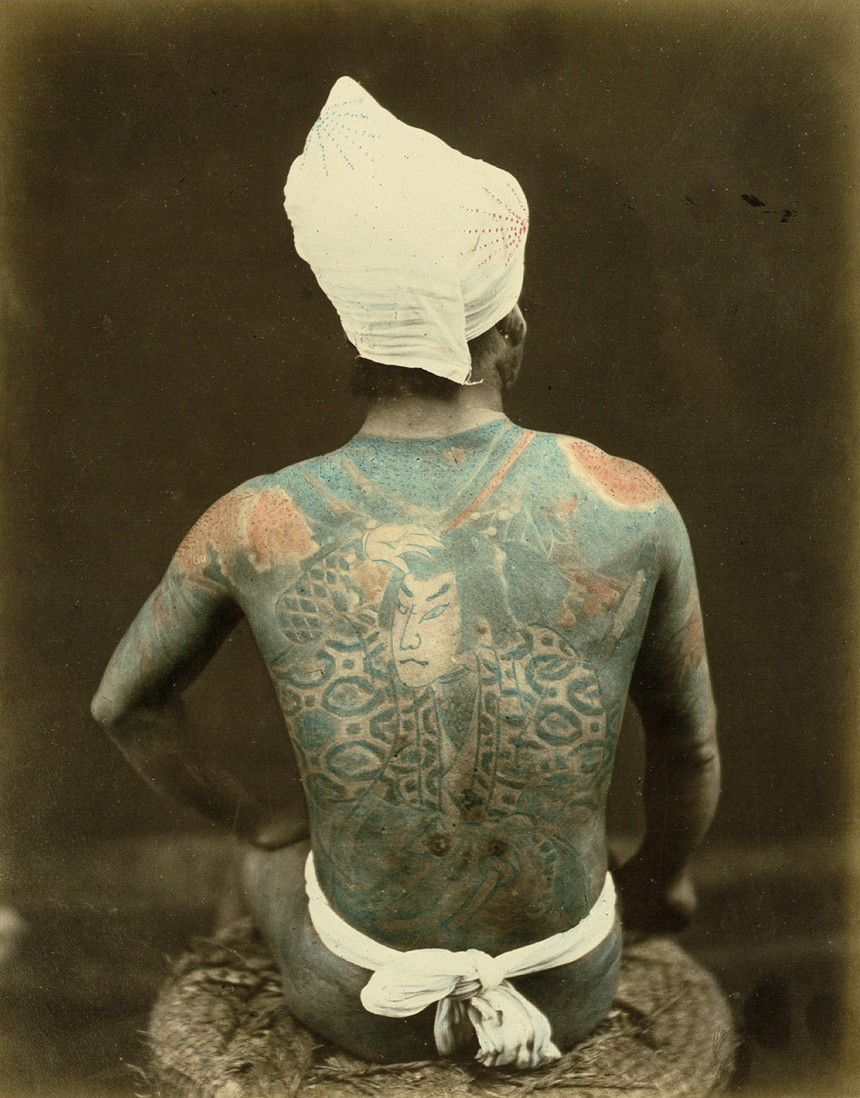[Art/Culture] The Japanese Tattoo Industry Liberation of 2020
- Jack Hilton
- Dec 19, 2020
- 3 min read
We spoke with artists from Tokyo Ink and InkRat about the Court Victory that shook the Japanese tattoo scene and how 2020 became the Year of Liberation for the Japanese Tattoo Industry.

After a long and hard fight the Japanese tattoo industry has won its battle for validation. On the 18th September, the Supreme Court of Japan ruled tattooing legal for anyone to practice, regardless of whether they hold a medical licence. This landmark victory came after 32-year-old tattoo artist Taiki Masuda was handed a ¥150,000 fine (£1,090) following a police raid on his studio. Masuda took the government to court in 2017, and after years of legal disputes came out victorious. The new court ruling signals the beginning of a new era of freedom for the industry.

Tokyo Ink’s Atsushi is one of the many artists celebrating the victory of the Masuda case. Starting out as a tattoo artist in Japan was always going to be difficult for Atsushi. Despite Japan's status as the birthplace of one of the world’s oldest and most distinctive styles, suspicion of the art-form is still rife in modern times. This stigma is born out of the old ties to the Yakuza, the Japanese organised crime syndicate. There is rich tradition of full-body ink amongst the Yakuza, who see the hand-poked Irezumi style as the ultimate symbol of pain and endurance.

Japan’s love-hate relationship with body-art far predates the rise of the Yakuza in the 18th century, however. The ancient art of Irezumi, (which literally translates as inserting ink) stretches back over ten thousand years to the earliest tribes living on the island. Travellers from China remarked on the tattoos of Japanese noblemen as early as 300 BC, who inked themselves to show spiritual power and honour. By the beginning of the Kofun Era in 300 AD the tide had changed and tattoo culture had become a subversive art-form associated with outlaws.

For Rei Mizushima of InkRat, these ties to the underclass have always been part of the attraction...
‘In the old days, tattoos served as an identification for people who did not know when they were going to die. In both Japan and the West, sailors, soldiers covered themselves with ink. In that way, tattoos have always been created by and for figures from the fringe of society.’ ~ Rei Mizushima of InkRat

Even in 2020, these old associations with gang-culture refuse to die. Despite Japan's ancient history with tattooing, most public bath houses still forbid anyone with tattoos from entering...
‘When I first started out it was difficult to even rent a property as a tattoo artist’ ~ Atsushi of Tokyo Ink

The Japanese government’s attempts to suppress tattoo culture have been brutal at times. In 2012, the Mayor of Osaka launched a campaign to rid public office of any employees with ink, saying ‘if they insist on having tattoos, they had better leave the city office and go and work in the private sector.’ Venomous attacks like these sting Atsushi, who feels like he and many others ‘have not received proper validation as an artist.’

In spite of the prejudice, a new generation have embraced body art in modern day Japan. Following the 1991 financial crash and the so-called Lost Decade, a surge of alternative subcultures hit Tokyo. Many of these new street-styles sought to subvert Western fashion, embracing Americana style tattoos with punk, rockabilly and goth motifs.

The Bōsōzoku subculture draws heavily on the Western punk and biker aesthetic, reflected in their Americana style tattoos, which is a huge element of their identity. These subcultures drew on tattoos as an expression of their alienation from the mainstream.
‘After the recent Masuda case, I hope to see more young people getting out there and having the confidence to get tattoos.’ ~ Atsushi of Tokyo Ink

The rise of social media has also had a profound effect on the tattoo culture in Japan, especially among the youth of today...
‘Before social networking, the tattoo industry was far more underground and only spread by word of mouth and magazines, it was still taboo. Now the young kids are all into America. Everyone wants a tattoo like their favourite Hollywood celebrity’. ~ Rei Mizushima


Some commentators have become worried that the industry is becoming increasingly whitewashed, with the traditional Japanese style a mere commodity to be marketed overseas. Whilst this could increasingly become the case, the ancient Irezumi techniques still have a passionate following in their place of birth.
‘My favourite subject will always be the dragon, as a symbol of sacred power.’ ~ Atsushi of Tokyo Ink

In the wake of decades of stigma, scandal and suppression, this year the tide seems to finally be changing for Japanese tattoo culture...

Follow @tokyoink_ (Atsushi) and @inkrattattoo (Rei) on Instagram to view more of the artist's work! Atsushi also operates under his personal business @tagtattoo, as Tokyo Ink sadly has too close because of Corona Virus.
~Psychic Garden
















![[Music] BETHANY LEY](https://static.wixstatic.com/media/2a7adf_09068d051dd34f36b99c6bf7e5be7261~mv2.jpg/v1/fill/w_980,h_980,al_c,q_85,usm_0.66_1.00_0.01,enc_avif,quality_auto/2a7adf_09068d051dd34f36b99c6bf7e5be7261~mv2.jpg)
![[Photography] SULPHUR MINERS OF KAWAH IJEN VOLCANO](https://static.wixstatic.com/media/78e459_d9434605484c4d9da495c603bf255a3b~mv2.jpg/v1/fill/w_980,h_655,al_c,q_85,usm_0.66_1.00_0.01,enc_avif,quality_auto/78e459_d9434605484c4d9da495c603bf255a3b~mv2.jpg)